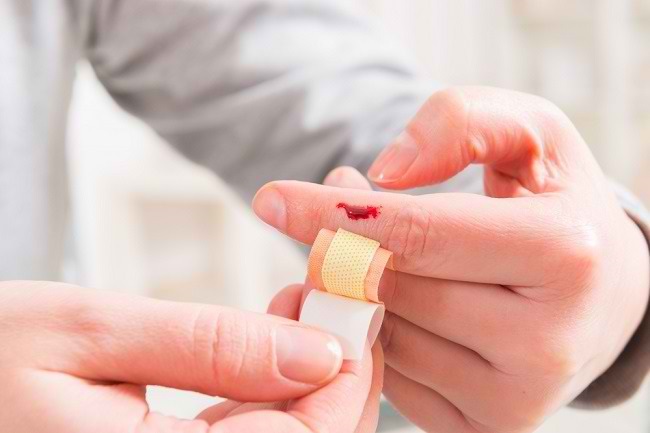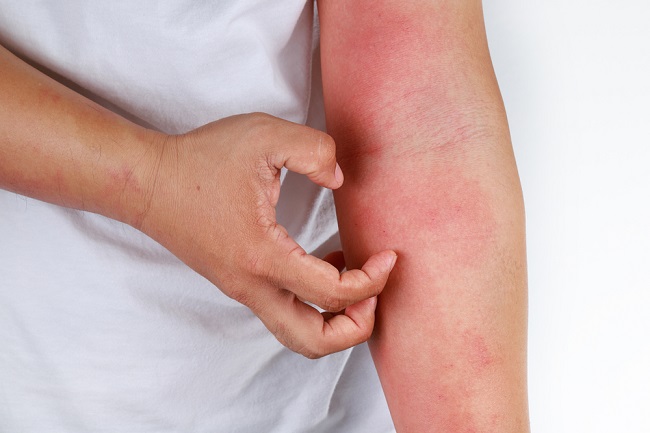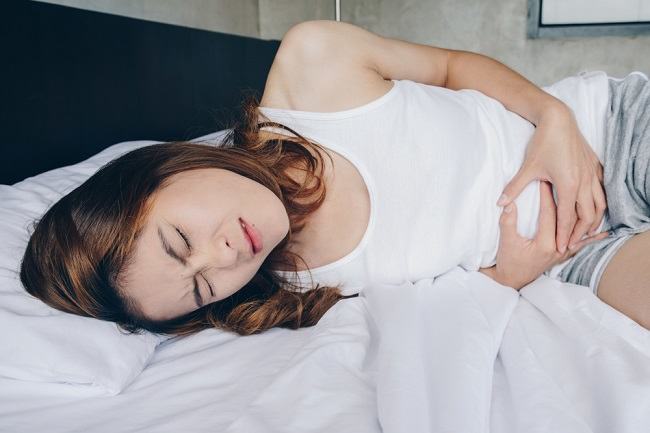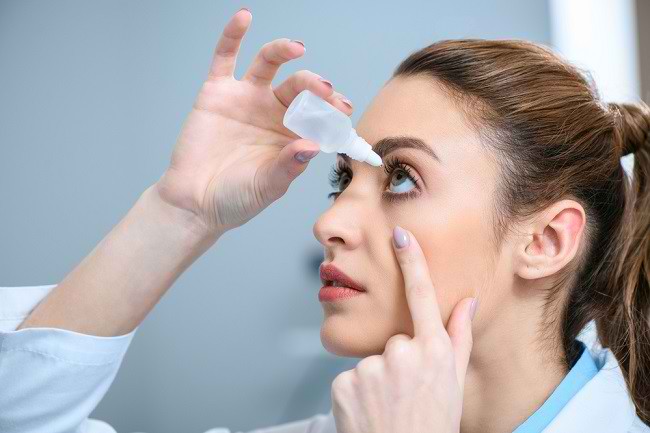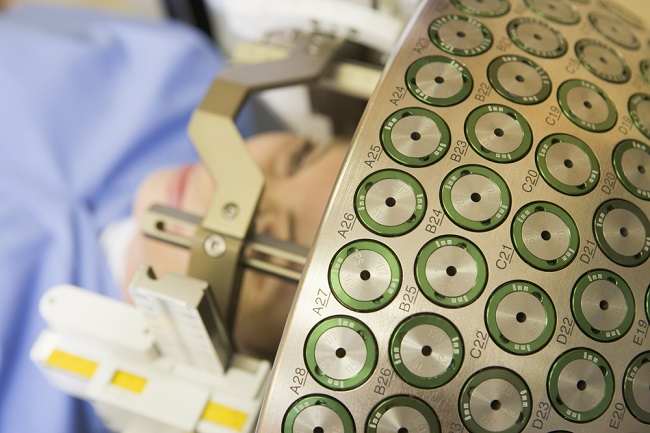Lovastatin is a drug to lower triglyceride levels, bad cholesterol (LDL), and increase good cholesterol (HDL) in the blood.In order for treatment to be more effective, the use of lovastatin needs to be balanced with the application of a healthy lifestyle, such as exercise and a low-fat diet.
Lovastatin belongs to the statin class of cholesterol-lowering drugs. This drug works by inhibiting the enzyme in charge of producing cholesterol in the liver. Thus, the amount of bad cholesterol in the blood will decrease.

Lovastatin Trademark: Cholvastin, Justin, Lotyn, Lovatrol 20
What is Lovastatin
| group | Prescription drugs |
| Category | Statins for lowering cholesterol |
| Benefit | Lowering cholesterol in the blood |
| Consumed by | Adults and children over 10 years old |
| Lovastatin for pregnant and lactating women | Category X: Studies in experimental animals and humans have demonstrated fetal abnormalities or a risk to the fetus. Drugs in this category should not be used by women who are or may become pregnant. It is not known whether Lovastatin is absorbed into breast milk or not. If you are breastfeeding, do not use this medicine without consulting your doctor first. |
| Drug form | Tablet |
Precautions Before Taking Lovastatin
Lovastatin should only be taken with a doctor's prescription. The following are things you need to pay attention to before taking lovastatin:
- Do not take lovastatin if you are allergic to this drug.
- Do not take lovastatin if you are taking clarithromycin, itraconazole, nefazodone, or other antiviral drugs.
- Tell your doctor if you have or have ever had myopathy, liver disease, kidney disease, thyroid disease, muscle disorders, seizures, low blood pressure (hypotension), alcoholism, or diabetes.
- Do not drink alcohol while taking lovastatin, as it can increase triglyceride levels and increase the risk of liver damage.
- Talk to your doctor about using lovastatin if you are taking certain medications, supplements, or herbal products.
- Talk to your doctor about using lovastatin if you are planning surgery, including dental surgery.
- Tell your doctor if you are pregnant, breastfeeding, or planning a pregnancy.
- Call your doctor right away if you have an allergic reaction, serious side effects, or overdose after taking lovastatin.
Dosage and Instructions for Use of Lovastatin
The following are common doses of lovastatin used to treat high cholesterol (hypercholesterolemia) and prevent coronary heart disease:
- Mature:10–20 mg per day. The dose may be increased to a maximum of 80 mg per day, 4 weeks apart after initial treatment.
- Children aged 10–17 years: 10–20 mg per day. The dose may be increased to a maximum of 40 mg per day, 4 weeks apart after initial treatment.
How to Take Lovastatin Correctly
Make sure you read the instructions on the medicine package and follow your doctor's advice when taking lovastatin. Do not increase or decrease the dose without consulting your doctor first.
Lovastatin is best taken at night and after meals. Use a glass of water to swallow the lovastatin tablet whole. Do not crush, split, or chew the tablet as this may increase the risk of side effects.
If you forget to take lovastatin, take it immediately if the break with the next consumption schedule is not too close. If it is close, ignore it and do not double the dose.
Store lovastatin in a dry, closed place, and away from direct sunlight. Keep medicine out of reach of children.
Lovastatin Interactions with Other Drugs
There are several drug interactions that can occur when lovastatin is used together with other drugs, namely:
- Increased risk of myopathy or rhabdomyolysis when used with clarithromycin, itraconazole, niacin, ketoconazole, gemfibrozil, nefazodone, or antiviral drugs, such as telaprevir
- Increased lovastatin levels when used with amiodarone, diltiazem, or ceritinib
- Increased effectiveness of anticoagulant drugs, such as warfarin
In addition, lovastatin levels may decrease if taken together St. John's wort, and can increase if taken together grapefruit.
Side Effects and Dangers of Lovastatin
A number of side effects that can arise after taking lovastatin are:
- Muscle disorders, such as myopathy
- Headache
- Constipation
- Easy to forget
- Dizzy
- Blurred vision
- Insomnia
Check with your doctor if the side effects above do not subside. Immediately see a doctor if there is an allergic reaction to the drug which can be characterized by the appearance of an itchy and swollen rash, swollen eyes and lips, or difficulty breathing.
In addition, you should also see a doctor immediately if you experience more serious side effects, such as:
- Signs and symptoms of rhabdomyolysis appear, such as muscle pain, weakness, or muscle tenderness, especially if accompanied by fever
- Liver disorders, which are characterized by pain in the upper abdomen, weakness, loss of appetite, dark urine, and yellowish eyes and skin (jaundice)
- Kidney disorders, which are characterized by little urination, swelling in the ankles, and shortness of breath
